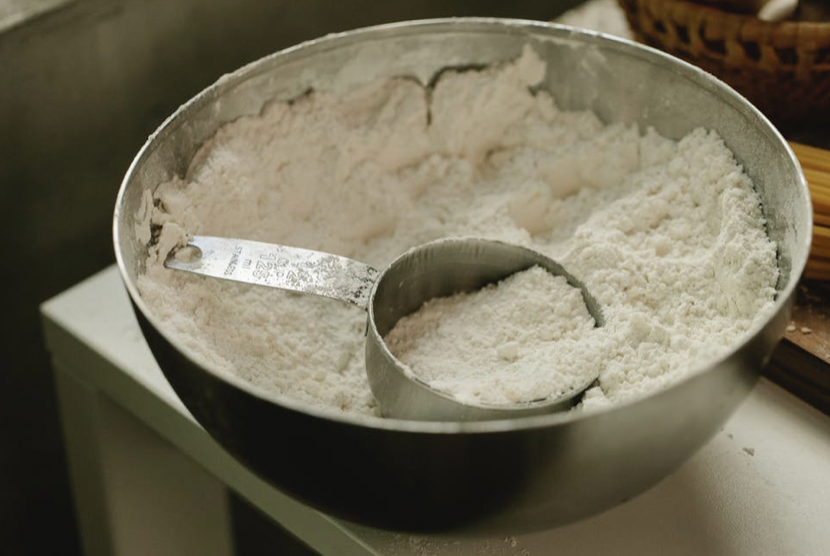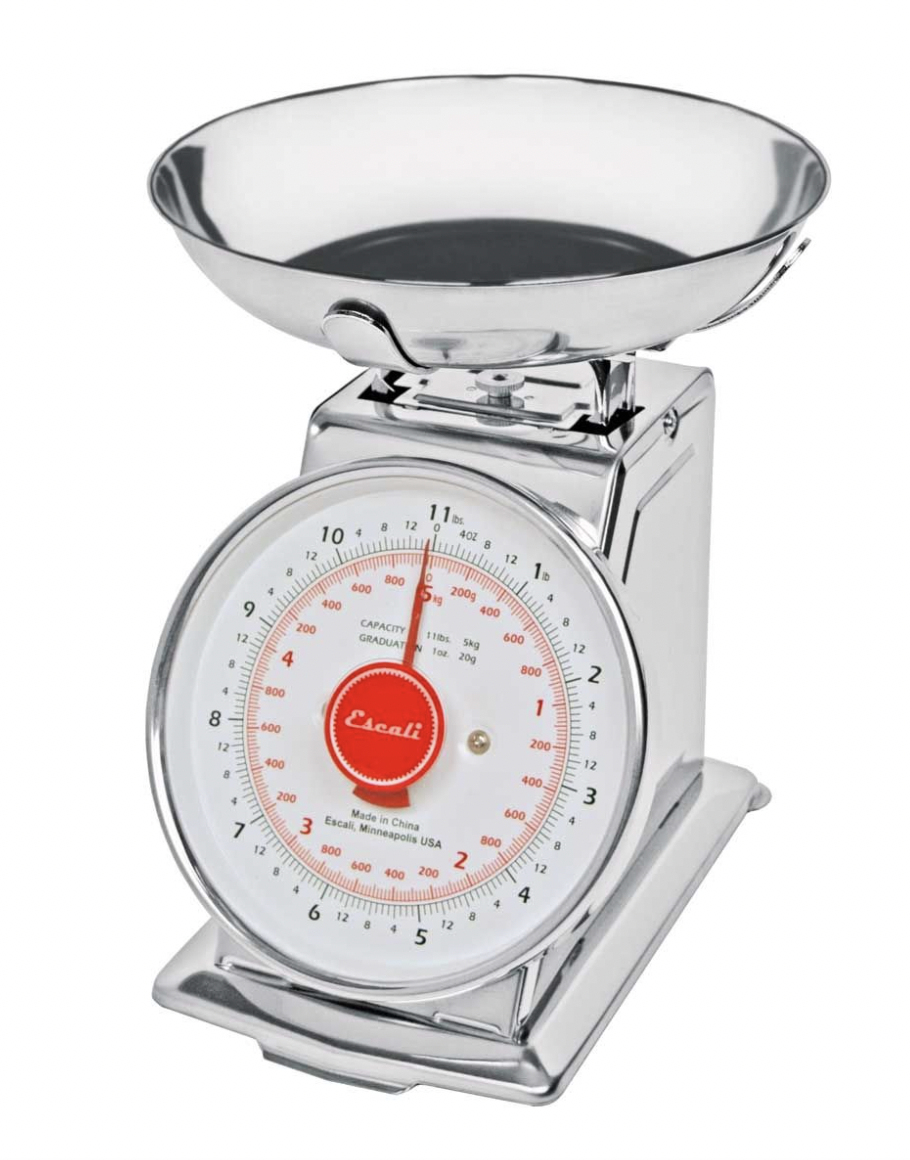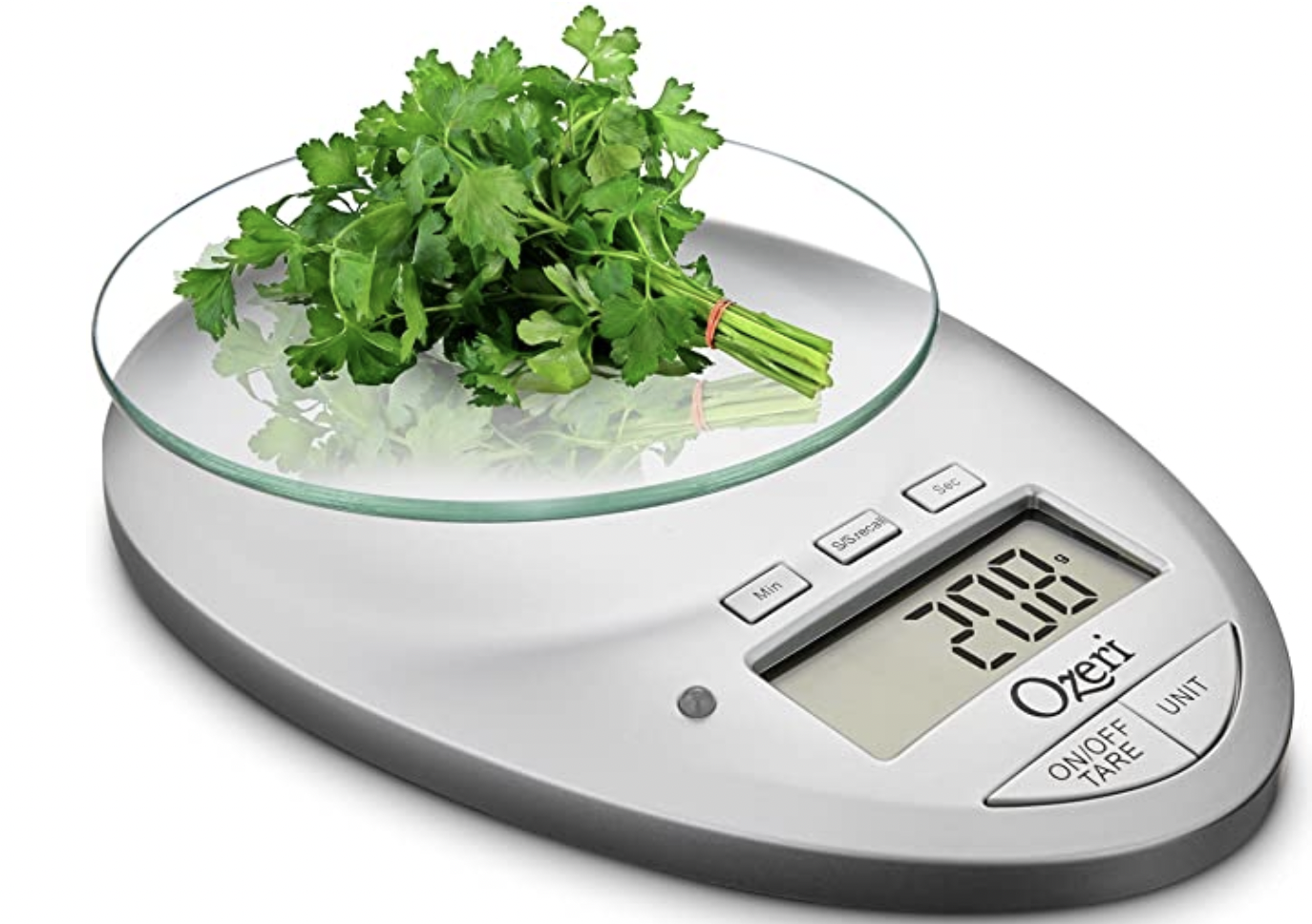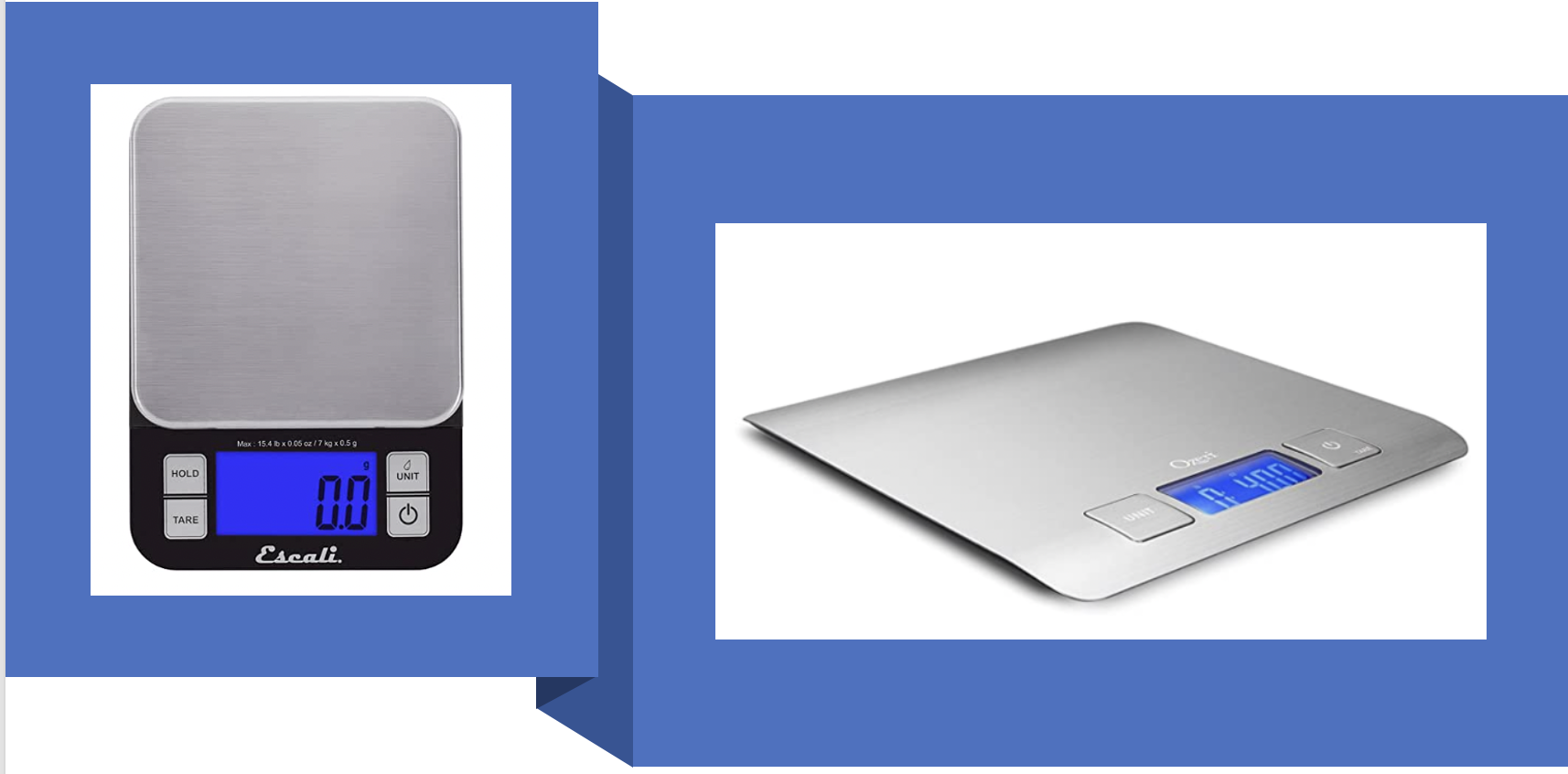Why Weigh Ingredients
By Chef David
Precise measurements are essential for passing on recipes. Frankly, a pinch of salt, a dab of this, and a little of that leave too much to the reader’s discretion. This may be why your rendition of a family classic tastes different than bubby’s. In restaurants, where uniformity is required, exact measurements are necessary. Measuring ingredients guarantees the consistency and accuracy of your dishes.
Scales have become associated with weight management. As a result, many scales have a dark sinister edge, they are responsible for limiting how much one can eat. Even in the cooking realm, scales are not regaled in a positive light, experienced chefs eyeball ingredients, which is a sign of their prowess and expertise. In contrast with baking, scales are commonly used where precision is key not just for flavor but for texture.
Ways to Measure – Scales or Measuring Cups
It is more common to find measuring cups/spoons in kitchens than scales. This partly reflects how recipes are traditionally passed down. In contrast, scales add precision, they use weight as opposed to volume to measure ingredients. Weight is the exact heaviness, while volume is how much space it displaces.
When using a measuring cup for dry ingredients, the amount in a cup is not consistent. The flour can be more or less packed, and a level cup is not accurate. It’s the same with chopped vegetables or anything which can be less dense, a cup is not always the same amount. When you use a scale, the weight is always the same; the answer to the children’s riddle which weighs more – a pound of feathers or a pound of bricks?
You may notice a difference in consistency when converting recipes written for measuring cups to show the weights. Fortunately for most recipes, an exact measurement is not necessary, using a large onion is sufficient, and it encourages improvisation.
There are two types of kitchen scales: digital and mechanical dial scales.
Digital scales are electronic (commonly requiring batteries) and have a screen display, they are known for precision and speed, typically displaying two decimals (0.00). Mechanical dial scales use a platform mounted on a heavy spring to measure weight. The spring compresses when an item is placed on the platform which moves a dial that indicates weight. Mechanical scales are less accurate for measuring small quantities.
No matter which type of scale you select, look for a large display, and find one that is easy to clean and store.
I have both mechanical and digital scales; each has a distinct advantage. For example, digital scales are like small computers, they can convert measures for you. This is useful when trying to figure out a recipe shown in pounds, ounces, and grams, and for increasing or decreasing the size of a recipe (imagine cutting a recipe in half that uses 2/3 a cup). It is also helpful for recipes that work with a ratio, like salad dressing which requires three parts oil to one part vinegar.
Scale Basics
Before you start weighing, put your scale on a flat surface. Place your measuring bowl onto the scale, and press ‘Tare’. [For mechanical scales, there is a knob to ‘Tare’ the scale] This allows the scale to adjust for the bowl (setting the scale back to 0.00). Now you can weigh your ingredients in the bowl without counting the bowl.
This approach lets you measure all your ingredients in a single bowl. Simply ‘Tare’ before adding the next ingredient. Using a scale for measuring ingredients will save time and reduce clean-up while improving the repeatability of recipes.
Two Brands to Consider
Escali and Ozeri are the two brands we tried. We discovered only subtle differences between the digital scale readings, in my estimation, they are equivalent. Let me list the similarities: all the scales had a tare feature. The digital scales were battery-operated, with large displays. They were lightweight, compact, easy to clean and store.
Each digital scale we tried had a few distinguishing features. The Ozeri Pro II has a built-in kitchen timer, alarm, and a removable glass weighing platform. The Ozeri Zenith Digital Kitchen Scale is advertised as the thinnest scale and is the most stylish, it is stainless steel with fingerprint-resistant coating and a blue backlit LCD screen. Lastly, the Escali Nutro has an extra-large backlit display and a removable stainless steel platform for easy cleaning. The Nutro can weigh items up to 15 pounds.
For weighting larger quantities I use the Escali Mechanical Dial Scale, which has become a fixture in my kitchen. It requires more counter space than the digital scales. Mechanical scales are designed for larger measurements, which I use to measure dried beans and flour. This scale includes a removable pan that is dishwasher safe. This scale comes with a lifetime warranty.
I find the simplicity of weighing refreshing. While there will always be newer models, the basic functionality remains the same. So, look for the bells and whistles which serve your cooking needs best.
Hold on to your measuring cups for nostalgia, and simple recipes. A scale is better for creating repeatable perfection, it takes only a moment to get an exact weight.









